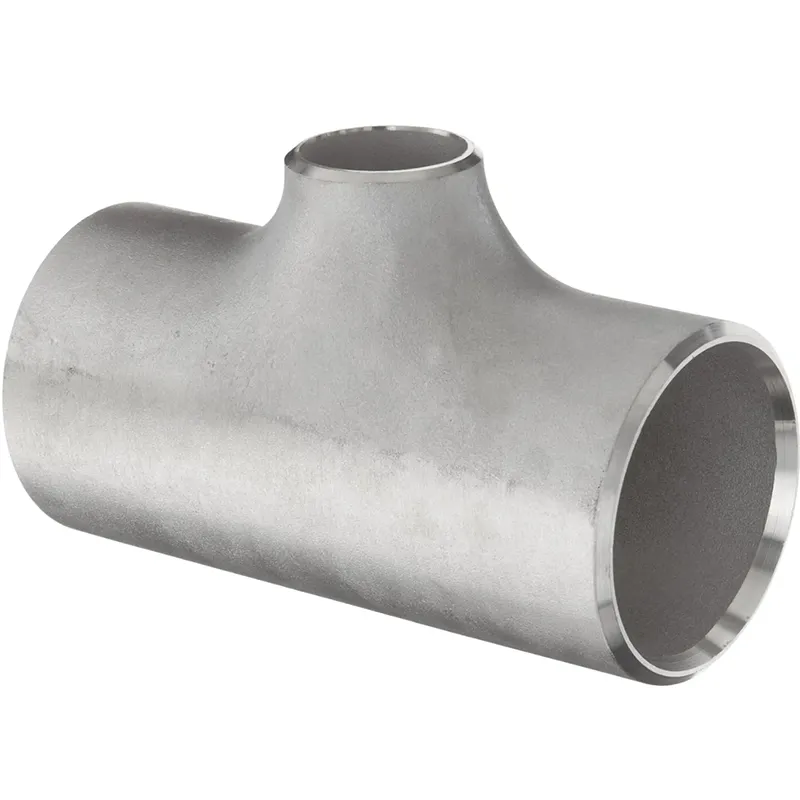-
Cangzhou Yulong Steel Co., Ltd.
-
Phone:
+86 13303177267 -
Email:
admin@ylsteelfittings.com
- English
- Arabic
- Italian
- Spanish
- Portuguese
- German
- kazakh
- Persian
- Greek
- French
- Russian
- Polish
- Thai
- Indonesian
- Vietnamese
- Zulu
- Korean
- Uzbek
- Hindi
- Serbian
- Malay
- Ukrainian
- Gujarati
- Haitian Creole
- hausa
- hawaiian
- Hebrew
- Miao
- Hungarian
- Icelandic
- igbo
- irish
- Japanese
- Javanese
- Kannada
- Khmer
- Rwandese
- Afrikaans
- Albanian
- Amharic
- Armenian
- Azerbaijani
- Basque
- Belarusian
- Bengali
- Bosnian
- Bulgarian
- Catalan
- Cebuano
- China
- China (Taiwan)
- Corsican
- Croatian
- Czech
- Danish
- Esperanto
- Estonian
- Finnish
- Frisian
- Galician
- Georgian
- Kurdish
- Kyrgyz
- Lao
- Latin
- Latvian
- Lithuanian
- Luxembourgish
- Macedonian
- Malgashi
- Malayalam
- Maltese
- Maori
- Marathi
- Mongolian
- Myanmar
- Nepali
- Norwegian
- Norwegian
- Occitan
- Pashto
- Dutch
- Punjabi
- Romanian
- Samoan
- Scottish Gaelic
- Sesotho
- Shona
- Sindhi
- Sinhala
- Slovak
- Slovenian
- Somali
- Sundanese
- Swahili
- Swedish
- Tagalog
- Tajik
- Tamil
- Tatar
- Telugu
- Turkish
- Turkmen
- Urdu
- Uighur
- Welsh
- Bantu
- Yiddish
- Yoruba

Nov . 11, 2024 16:40 Back to list
weld socket fittings
Understanding Weld Socket Fittings A Comprehensive Overview
Weld socket fittings are essential components in piping systems, particularly in industries where robust and secure connections are necessary for fluid transport. These fittings play a crucial role in ensuring the integrity and performance of pipelines in various applications, ranging from industrial to residential.
What are Weld Socket Fittings?
Weld socket fittings are specially designed components that allow two pipes to be joined together through welding. They feature a socket-like design that fits over the end of a pipe, enabling a seamless connection. Typically made from materials such as stainless steel, carbon steel, and copper, weld socket fittings are known for their durability and resistance to high pressures and temperatures. This makes them ideal for use in critical applications, including oil and gas, chemical processing, and water treatment facilities.
Types of Weld Socket Fittings
Weld socket fittings come in various types, each serving specific functions in piping systems. The most common types include
1. Weld Socket Elbows These fittings are used to change the direction of the piping. They are available in different angles, such as 45 degrees and 90 degrees, to accommodate various layout needs.
2. Weld Socket Tees Tees are utilized to create branches in a piping system, allowing for the splitting or merging of fluid flow. They can be configured in straight or reducing designs.
3. Weld Socket Couplings These fittings are used to connect two pipes of the same diameter, ensuring a secure and leak-free joint.
weld socket fittings

5. Weld Socket Reducers These fittings allow for a change in pipe diameter, enabling a smooth transition between different sizes of pipes without compromising flow efficiency.
Advantages of Using Weld Socket Fittings
One of the primary advantages of weld socket fittings is their ability to create strong and permanent joints. Unlike threaded or glued connections, which can be vulnerable to leaks and failures over time, welded joints offer superior strength and reliability. This is particularly important in high-pressure applications where any leakage could result in catastrophic failures.
Moreover, weld socket fittings can withstand extreme temperatures and corrosive environments, making them ideal for a wide range of industrial applications. Their seamless design reduces the risk of turbulence and pressure drops within the piping system, ensuring optimal flow rates.
Installation and Maintenance
The installation of weld socket fittings requires skilled labor and appropriate welding techniques to ensure a proper fit and seal. The process typically involves cleaning the surfaces to remove any contaminants, aligning the pipes and fittings, and applying the appropriate welding method, such as TIG (Tungsten Inert Gas) or MIG (Metal Inert Gas) welding. Proper temperature control during welding is crucial to avoid compromising the integrity of the materials.
Maintenance of weld socket fittings primarily involves regular inspections to identify signs of wear, corrosion, or damage. Although welded joints are robust, they can still be susceptible to issues over time, especially in harsh environments. Any identified problems should be addressed promptly to maintain the safety and efficiency of the piping system.
Conclusion
Weld socket fittings are a vital element in modern piping systems, offering strength, versatility, and long-term reliability. Their ability to create secure connections that can endure challenging conditions makes them indispensable in various industries. By understanding the types, advantages, and proper installation and maintenance practices associated with weld socket fittings, engineers and technicians can ensure the efficient and safe operation of their systems at all times. As industries continue to evolve, the importance of these fittings will only grow, underscoring their role in supporting infrastructure and manufacturing processes worldwide.
Latest news
-
ANSI 150P SS304 SO FLANGE
NewsFeb.14,2025
-
ASTM A333GR6 STEEL PIPE
NewsJan.20,2025
-
ANSI B16.5 WELDING NECK FLANGE
NewsJan.15,2026
-
ANSI B16.5 SLIP-ON FLANGE
NewsApr.19,2024
-
SABS 1123 FLANGE
NewsJan.15,2025
-
DIN86044 PLATE FLANGE
NewsApr.19,2024
-
DIN2527 BLIND FLANGE
NewsApr.12,2024
-
JIS B2311 Butt-Welding Fittings LR/SR 45°/90° /180°Seamless/Weld
NewsApr.23,2024











